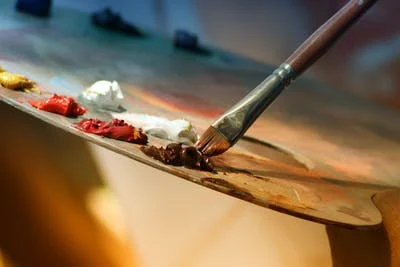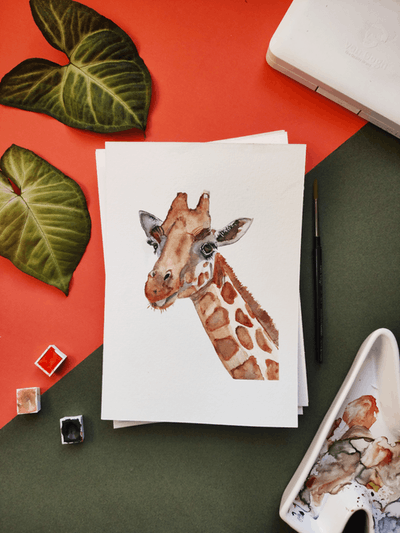Art therapy is the use of artistic methods to treat problems like addiction, mental health, etc. The use of art therapy stems from the belief that creative expression can boost healing and wellness.
Before art therapy became a formal means of addiction therapy, many people leveraged the mental prowess of arts to provide healing and self-expression for themselves.
Art therapy became a recognized program in the 1940s and since then, it has helped many people to handle addiction treatment and other aspects of mental health problems.
Some of the common types of art therapy include:
Painting
This involves creating images with tools like paint, canvas, watercolors, etc. It can either be a free foom approach or one that involves an instructor. The goal is however to allow the individual to express themselves through painting.

Sculpture
Sculpture in art therapy involves allowing the patient to construct or shape their environment. Usually, sculpturing involves using supplies like paper clay, clay, carving tools, and other items depending on the patient’s initiative.
Writing
In art therapy, patients can use writing to release or express themselves in form of written content. They will use some of the writing supplies like paper and pen to write anything related to their emotions or feelings.
Collage
One of the passive yet interesting approaches in art therapy is collage. This involves the manipulation of designed items or pictures. Patients will find this easy to do especially when it is hard for them to begin tasks.
It is important to mention that the goal of art therapy is not to leverage the patient’s skills to produce an artwork. Rather, it is to help them explore the various emotional aspects through art therapy.
Similarly, art therapy is not an art class. An art class helps students to focus on a certain teaching technique, while art therapy helps patients to focus on their inner experiences.
Therefore, art therapy can take place in inpatient offices, community organizations, hospitals, private mental health offices, etc.
